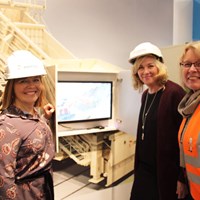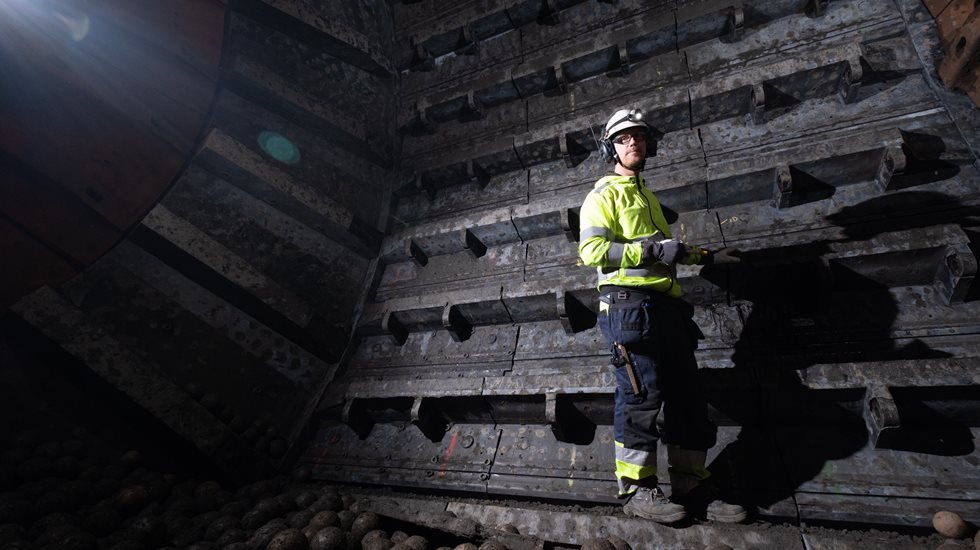The goal was to deliver finer-grained ore to facilitate metallurgical recovery. To do so, it changed the bar mill to a ball mill, achieving an increase in the feed rate of the unit and other benefits, such as increased life of spare parts and wear of the mill. The mining company went further: the results obtained in 2019 show a 15% increase in the mill's transport area. How?
The development resulted in the customization of cylinders and feed and discharge covers for the mills. The differentiator of the new generation of wear parts currently in use in the company's grinding is the replacement of devices made of steel by hybrid and “engineered” components, based on Metso Outotec's Poly-Met rubber and steel coating. In the case of the ball mill cylinder, development has just reached the sixth generation (G6), lighter due to the change in the internal design, which changed the angle of attack of the balls inside the mill, reducing wear on the parts. The underside of the cylinder plate was also changed, as was the coating composition.
Current generation of cylinders combines distinctive design and materials
It was this set of changes that led to a 15% increase in the transport area and which directly influences the increase in the feed rate of the three mills where the coating is applied. But for that to happen, the partnership between the manufacturer and the mining company allowed the improvement of the coating, in a mixture of field work with computer simulation and DNA in engineering to define the best design and the most suitable materials for the company's milling. And this work started from the 2013 scenario, with the second generation of the coating, lighter than steel, but still without reaching the useful life of between 12 and 14 months for the cylinder.
The transition from the fourth generation (G4) to the fifth (G5) marked the break-even point of the shift from steel coatings to the steel-rubber hybrid. In 2017, the G5 had already achieved the same lifespan as steel materials, but with one difference: the design change in the angle of attack of the balls – from 30 to 20 degrees – increased the feed rate and, consequently, the fines production rate, favoring increased metal recovery.
Project sees the mill as a whole and not just in parts
In the case of feed caps, the region of greatest wear on the inner lining of the feed plate comprises a range of just over a third of the part. This means that, at the end of its useful life, the other regions of the internal coatings have “preserved” thicknesses. As a result, parts up to the current fourth generation (G4) were developed, with greater lifter width in the region of greatest wear and reduced thickness at the base of the part, where wear is less. On the outer plate, the improvement involved a Hardox steel insert in the mid lifter, which increased the protection and life of the part.
The discharge cover, on the other hand, underwent few – but significant – changes. Less susceptible to wear and tear it went from pure steel to a combination of steel and the steel-rubber hybrid, reducing its weight while still maintaining a lifespan equivalent to that of purely metallic parts. Today, this component is in the second generation (G2). More importantly, the vision of the mill as a whole and not just in parts, has contributed to the mining company's adaptations over the last six years and the greatest example was the more dynamic use of tantalum and niobium in 2015, when there was a fall in tin, the main processed ore.

